Revised guidance on the risk assessment of plant protection products on bees (Apis mellifera, Bombus spp. and solitary bees)
- PMID: 37179655
- PMCID: PMC10173852
- DOI: 10.2903/j.efsa.2023.7989
Revised guidance on the risk assessment of plant protection products on bees (Apis mellifera, Bombus spp. and solitary bees)
Abstract
The European Commission asked EFSA to revise the risk assessment for honey bees, bumble bees and solitary bees. This guidance document describes how to perform risk assessment for bees from plant protection products, in accordance with Regulation (EU) 1107/2009. It is a review of EFSA's existing guidance document, which was published in 2013. The guidance document outlines a tiered approach for exposure estimation in different scenarios and tiers. It includes hazard characterisation and provides risk assessment methodology covering dietary and contact exposure. The document also provides recommendations for higher tier studies, risk from metabolites and plant protection products as mixture.
Keywords: bees; higher tier studies; pesticides; risk assessment.
© 2023 European Food Safety Authority. EFSA Journal published by Wiley‐VCH GmbH on behalf of European Food Safety Authority.
Figures
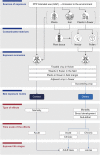

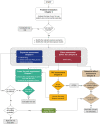



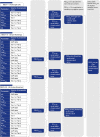








1: Lifespan dose–response is calculated using the selected GUTS model, for both the active period and winter scenario. 2: This part has to be duplicated for the active period and the winter (inactive) period. 3: When an effect > 10% is predicted, either higher tier studies can be performed, or a specific TRT laboratory study can be executed. This second option is only applicable when this conclusion of > 10% effect is reached on the basis of the worst‐case assumption that Haber's exponent = −2.
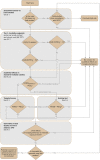





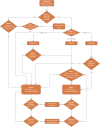
References
-
- Alix ABC, Capri E, Goerlitz G, Golla B, Knauer K, Laabs V, Mackay N, Marchis A, Poulsen V, Alonso Prados E, Reinert W, Streloke M, 2017. Mitigating the risks of plant protection products in the environment: MAgPIE. (SETAC) SoETaC (ed.).
-
- Arce AN, David TI, Randall EL, Ramos Rodrigues A, Colgan TJ, Wurm Y and Gill RJ, 2017. Impact of controlled neonicotinoid exposure on bumblebees in a realistic field setting. Journal of Applied Ecology, 54, 1199–1208. 10.1111/13652664.12792 - DOI
-
- Benfenati E, Como F, Manzo M, Gadaleta D, Toropov A and Toropova A, 2017. Developing innovative in silico models with EFSA's OpenFoodTox database. EFSA Supporting Publications, 14, 1206E.
LinkOut - more resources
Full Text Sources
Miscellaneous
